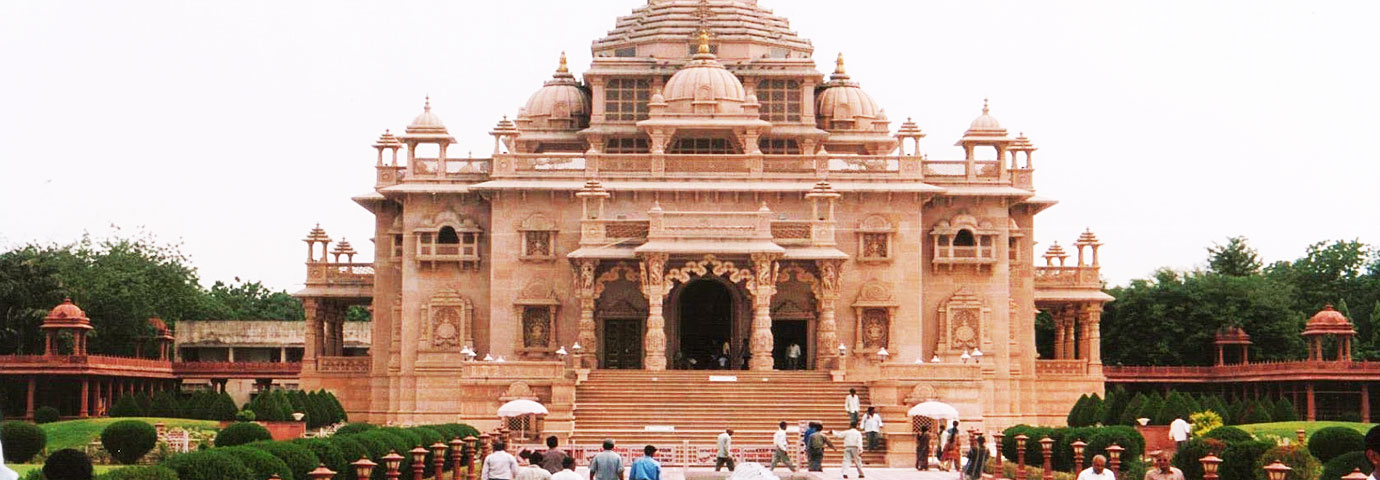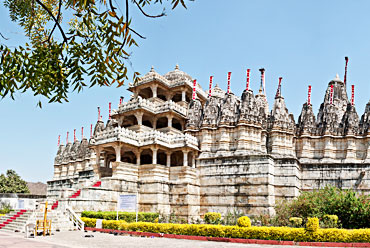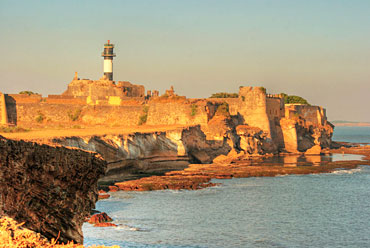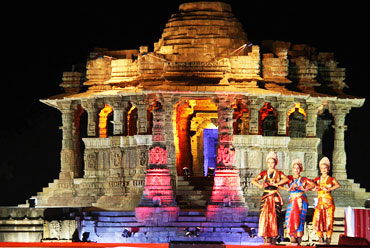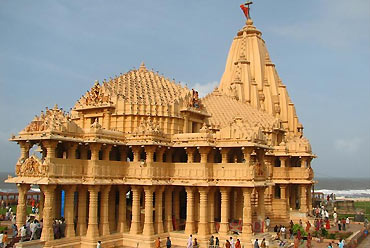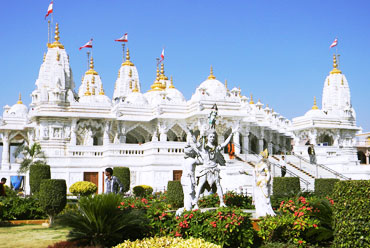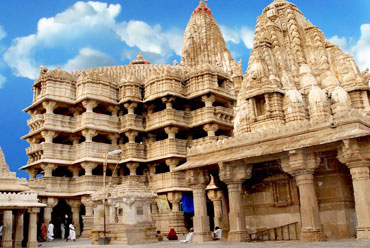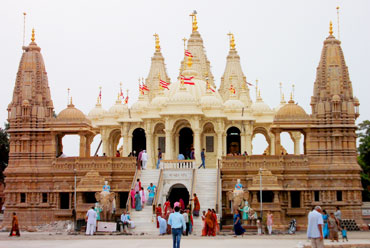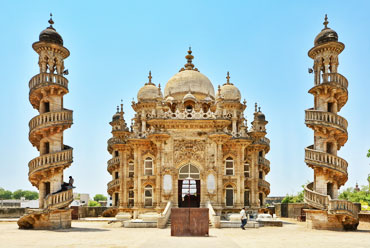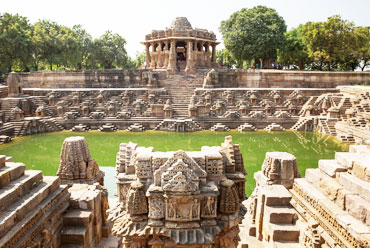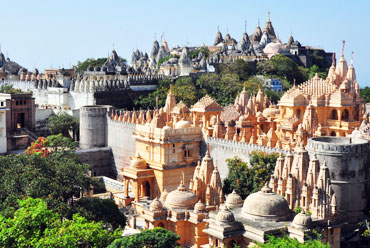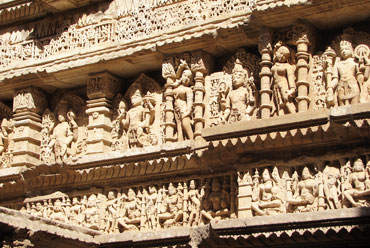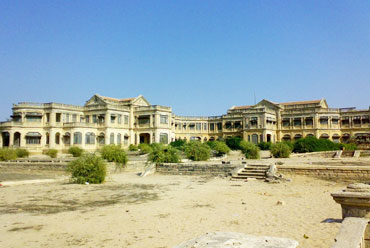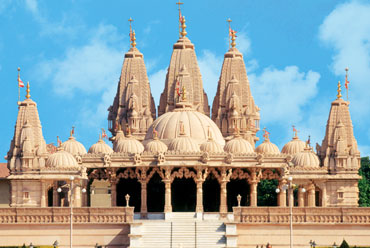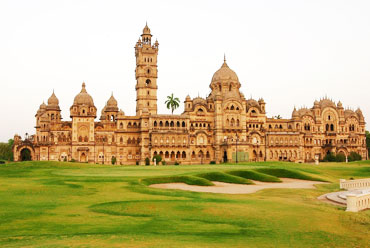Ahmedabad, the city of Ahmed Shah (Medieval ruler of Gujarat), is known for its rich past and its association with the Mahatma (Great Soul), also known as Mohandas Karamchand Gandhi. The city offers the traveler a unique style of architecture, which is a blend of Hindu and Islamic styles (Indo-Saracenic style of architecture). The monuments of Ahmedabad mainly date back to the 15th century. Ahmedabad has been known for its industry since medieval times. Presently it is famous for its textile mills and is often referred to as the 'Manchester of the East'.
Location
Ahmedabad city is located in the state of Gujarat, in the western part of India. It lies along the Sabarmati River. Ahmedabad is 440 km north of Mumbai. The climate of Ahmedabad is hot and moist. Winters are cool and pleasant (November-February) but summers (April-June) are extremely dry, hot and the temperature can be as high as 46°C at times. The city experiences good rainfall during the monsoon season (July-September).
History
Ahmedabad has a chequered history. It has experienced a number of high points, followed by declines. It was founded by Sultan Ahmed Shah, the erstwhile ruler of Medieval Gujarat, in AD 1411. The city declined within a century of its being established. In 1572, Emperor Akbar seized it and assimilated it within the great Mughal Empire. Ahmedabad became an important business center during the Mughal period until the death of Aurangzeb in 1707, after which the city again began to decline. The British seized it in 1818 and set up a number of textile mills here. It became the temporary capital of the state of Gujarat from 1960 to 1970.

